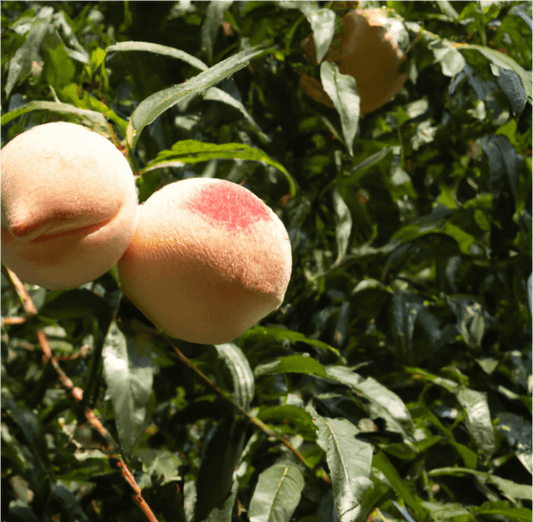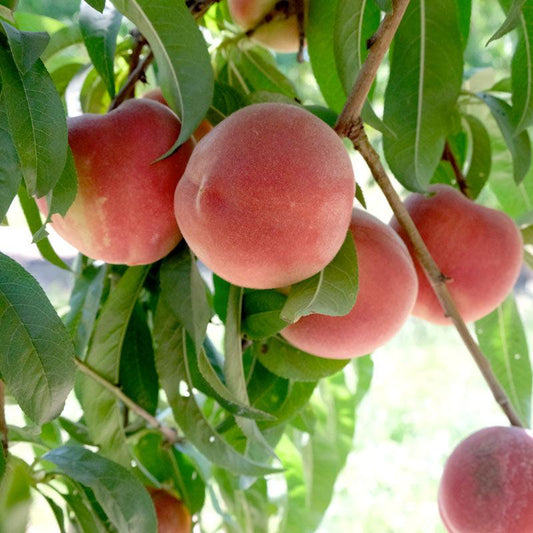
Why Choose Semi Dwarf Peach Trees?
Purchasing a semi dwarf peach tree offers numerous advantages:
- These semi dwarf varieties typically grow just 8–10 feet tall, making them ideal for smaller gardens.
- They tend to bear fruit earlier than full-size trees.
- Many are disease resistant and easier to prune.
- Grown on dwarfing rootstock, these dwarf peach trees stay compact without sacrificing productivity.
- They thrive across a range of hardiness zones, so long as their chill hours requirements are met.
Whether you’re making your first peach tree purchase or expanding your orchard, our collection of semi dwarf peach trees for sale provides ideal options for your climate and space.
Top Semi Dwarf Peach Tree Varieties
When browsing semi dwarf peach tree for sale listings, consider:
These trees grow robustly when well sited, and while many are self-fertile, planting multiple varieties can help them produce fruit more reliably. These trees require adequate care, but maintenance remains manageable.
Planting & Care for Semi Dwarf Peach Trees
Site & Soil
- Choose well‑draining soil in an area with full sun and good airflow.
- Aim for pH ~6.0–7.0.
- Give spacing for light, air, and growth.
Timing & Rootstock
- Plant bare root trees in early spring, while the soil is workable.
- Position the root collar level or slightly above soil surface.
- Many semi dwarf peach trees are grafted onto dwarfing rootstock to control size while retaining vigor.
Watering & Nutrition
Pruning & Shaping
- Train an open center structure to allow light and airflow.
- Prune during dormancy to remove weak or crossing branches.
- Once peach blossoms appear, remove dead wood to reduce disease risk.
Pest, Disease & Environmental Challenges
Pest and diseases such as peach leaf curl, aphids, and borers can challenge your tree.
Fruit Production, Timing & Climate
- Peach blossoms appear in early spring; if chill hours requirements are satisfied, trees produce fruit during the growing season.
- Harvest in mid to late summer, depending on cultivar and climate.
- For insights into seasonality, see When Are Peaches in Season.
Match your tree to your climate: in milder regions, choose low‑chill hardy peach cultivars. For guidance, check Planting Peach Trees in Zone 9.
Why Buy Semi Dwarf Peach Trees From Us?
- We carry a wide range of peach variety options suited for many zones and garden sizes.
- Our stock is selected for hardiness, disease resistant traits, and reliable fruit set.
- With open center shaping and proper site selection, these trees grow well while remaining manageable, and they bear fruit reliably.
 Sold out
Sold out Sold out
Sold out Sold out
Sold out Sold out
Sold out Sold out
Sold out Sold out
Sold out Sold out
Sold out




























